Windmills in Ancient Greece
10 comments
Hey dear Hive friends, first of all I would like to wish you all a pleasant day and hope you have a weekend full of positive experiences! Today I would like to discuss an interesting historical topic and hope you can learn something new.
Here are pictures that I have created with the help of artificial intelligence and present windmills and in this article I would like to specifically discuss the history of windmills in ancient Greece. Although Greek mythology is so diverse and there are so many gods, the mills play a rather subordinate role in Greek mythology and often the goddess of grain and harvest demeter is associated with mills and furthermore the Telchines are also considered the inventors of the mills, otherwise there is little on the subject in Greek mythology. If you are generally interested in legends as well as the entire history of the mills and more, I can recommend these contributions from
where I have already discussed this topic more. In ancient Greece itself, the windmills were created in the Middle Ages in the 12th century and were mostly placed there in coastal areas to make use of the perfect wind conditions and the sail windmills were particularly common, which is also considered one of the oldest species in the world.These windmills are also known to react to very low gusts of wind, which of course greatly increases efficiency and in ancient times the mills have shaped many local legends, songs and more. The mills were also of strong economic benefit and so islands could make themselves independent with the help of the mills and the location was also often perfect and located near ports to trade. The mills were also built relatively close to the villages in order to be able to reach them well and of course the orientation was important that the wind comes into optimal contact and the places where mills can be seen are the Aegean Islands, which include, for example Karpathos, Mykonos or Santorini. In the past, there were probably over 500 mills there and even today some are still well preserved and it is also interesting that the millers communicated via the sails at that time in order to predict the weather or symbolize that the mill is in operation. The most famous windmills in Europe are probably in Netherlands or Denmark, but also Spain or Greece is very well known for these important buildings, which have strongly influenced humanity.
Thanks for taking the time to read through my post and I hope you like it and can learn something new about History!
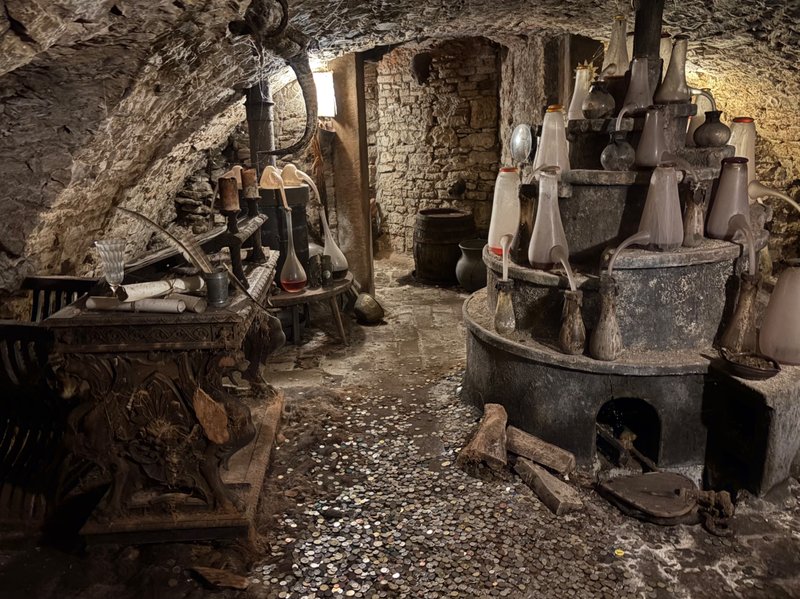


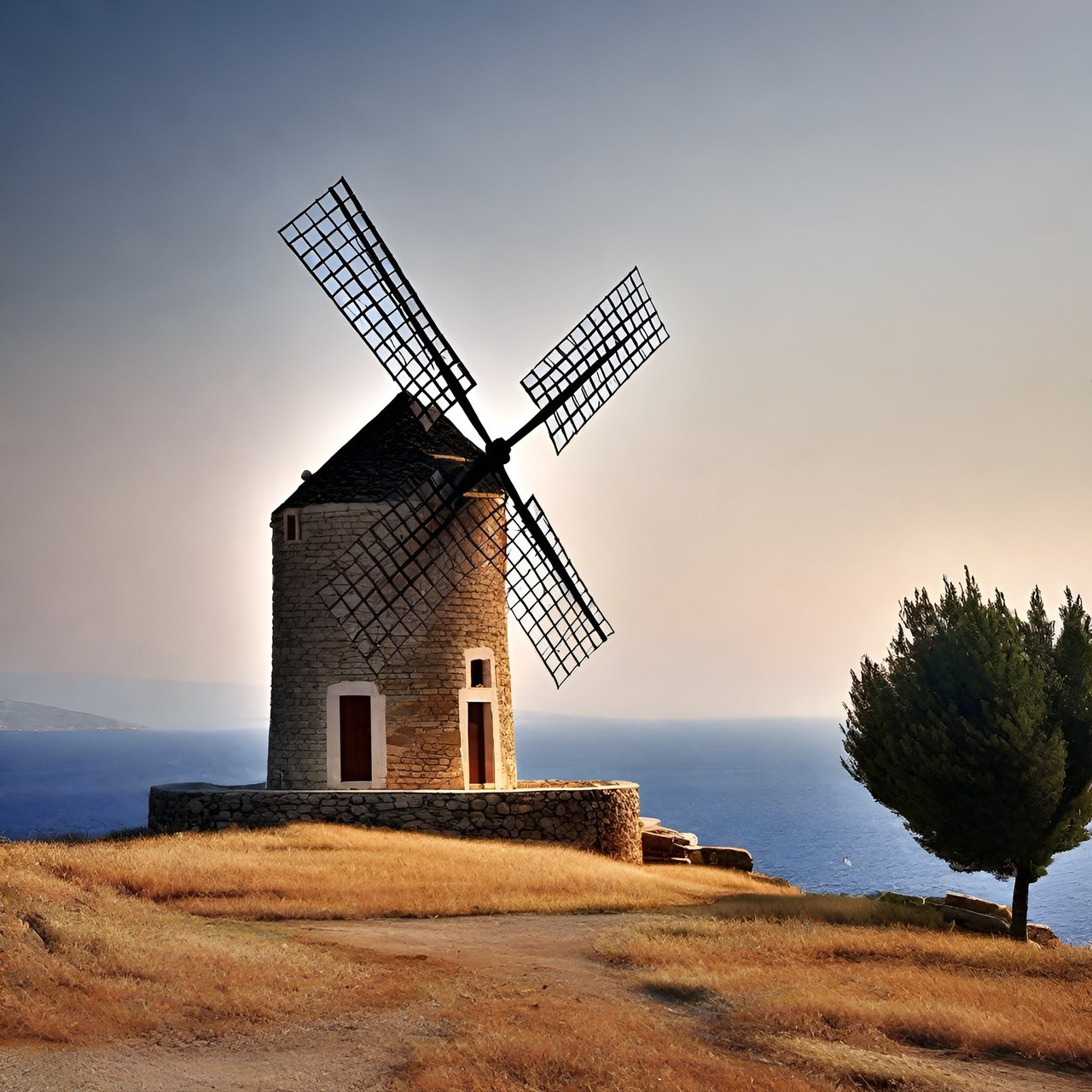
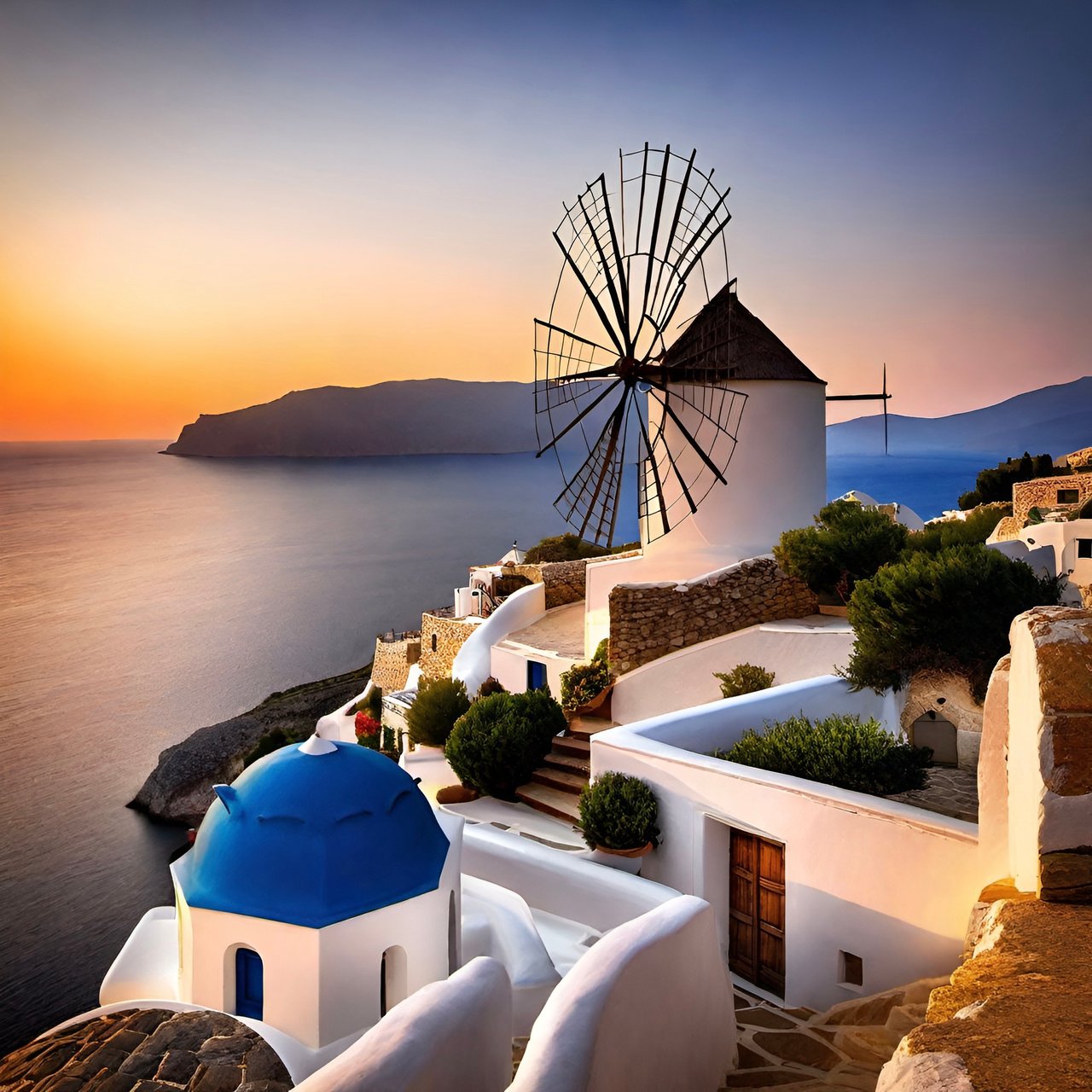
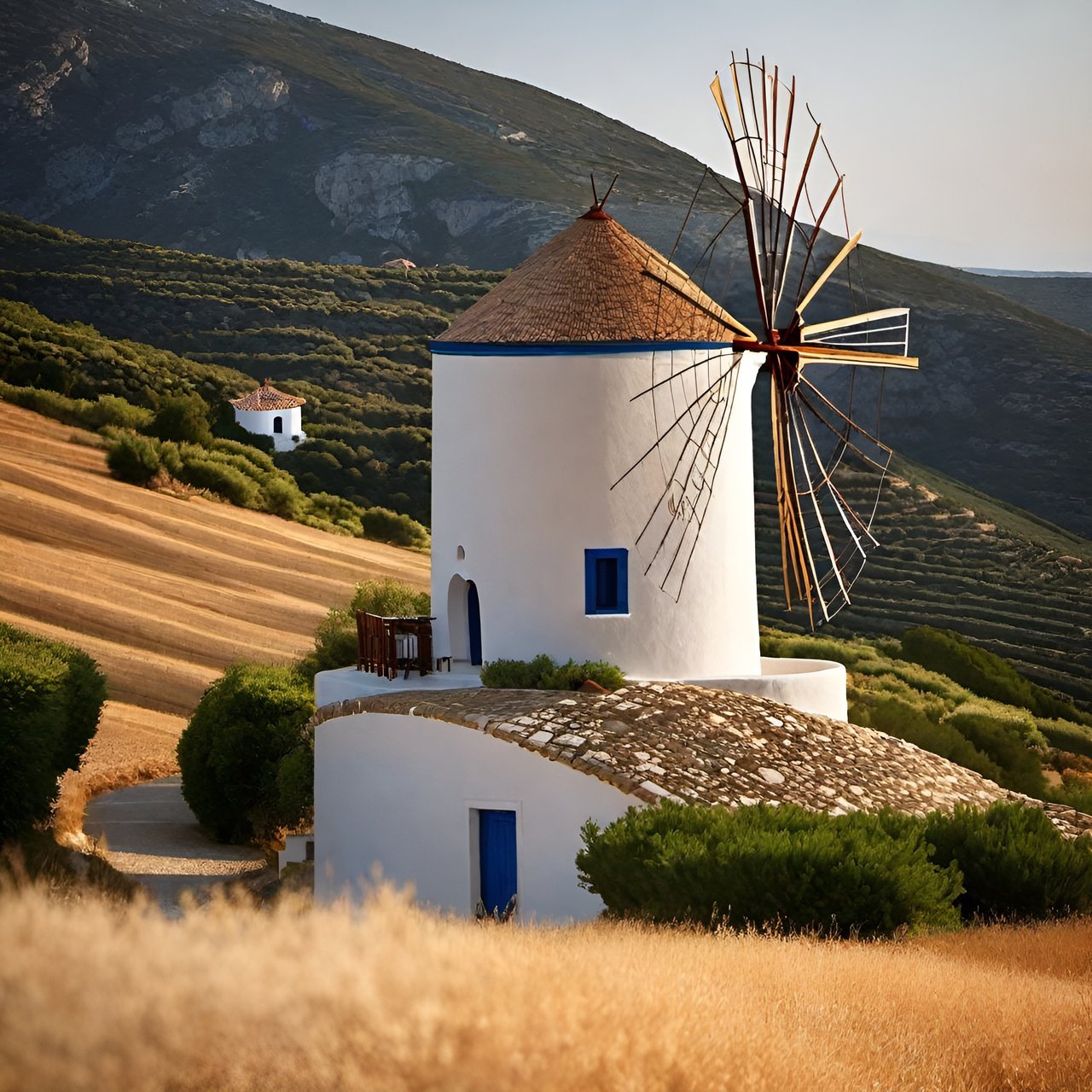
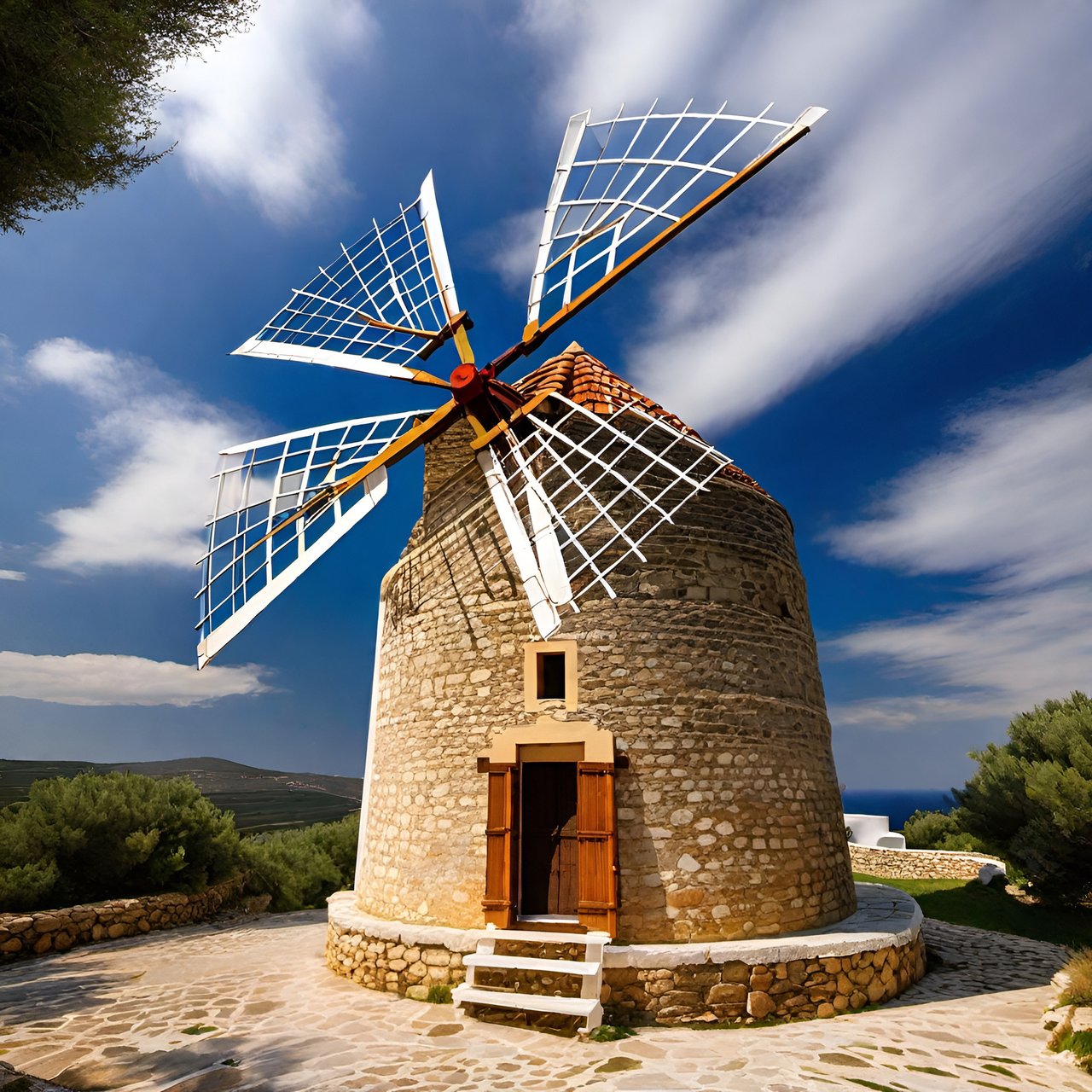
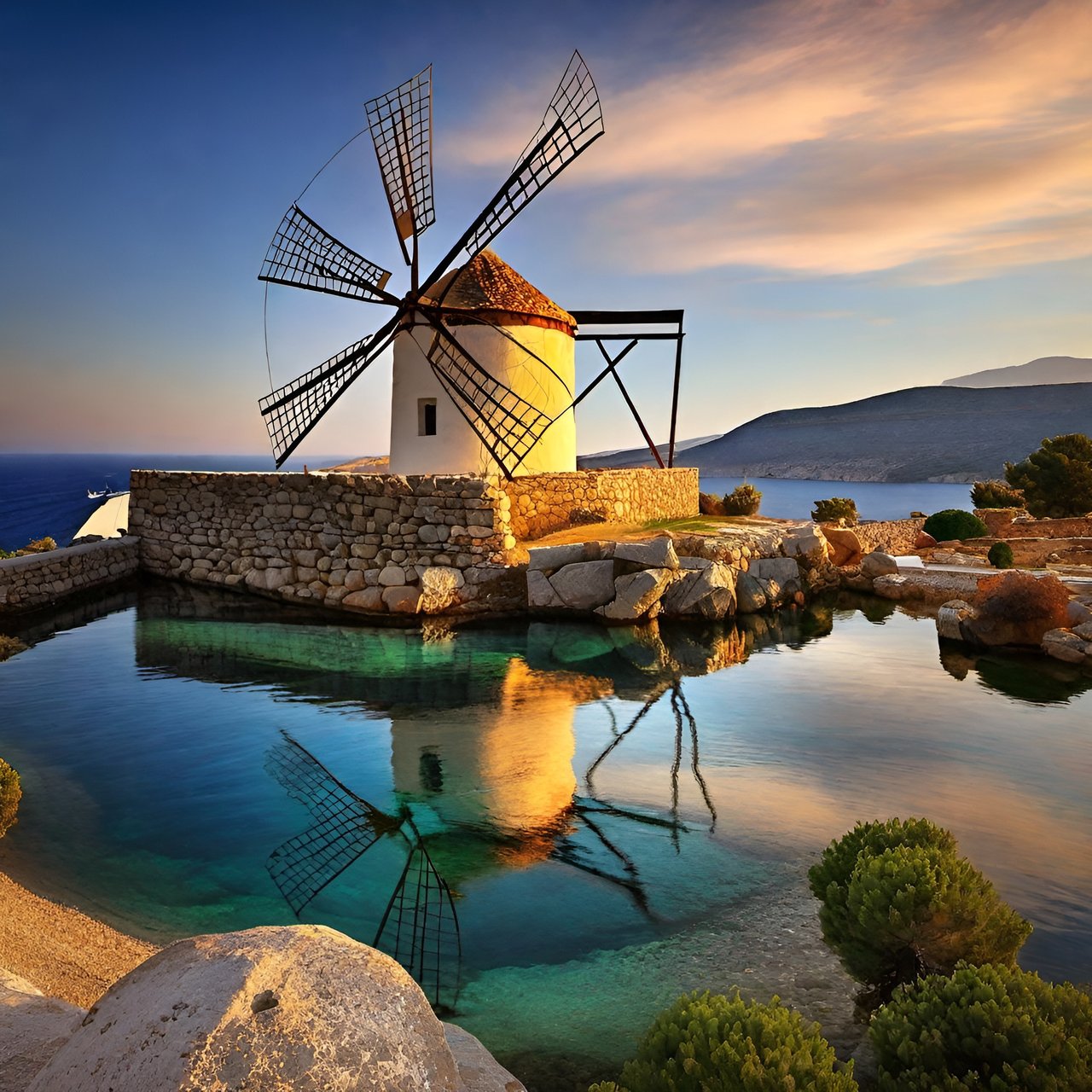
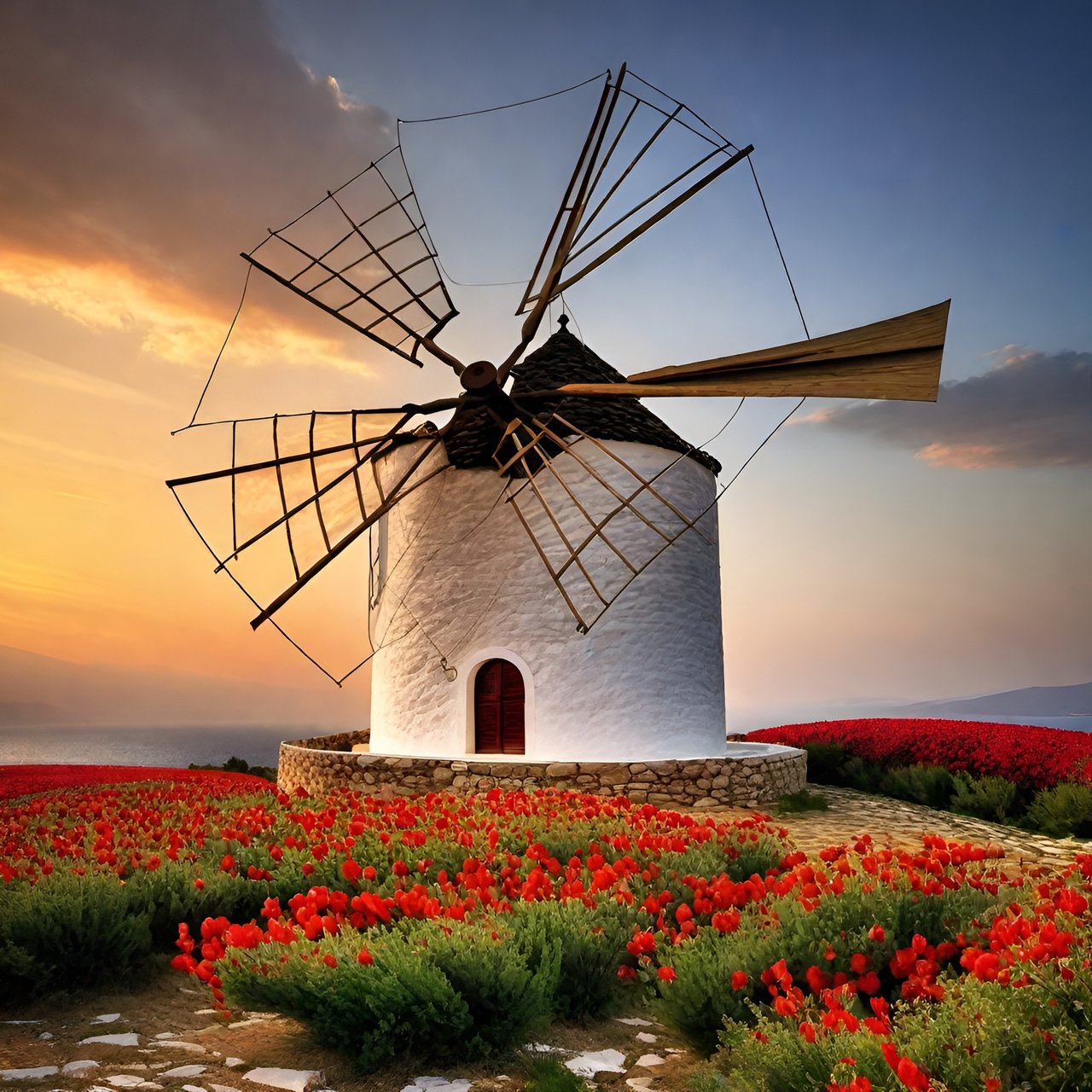


Comments